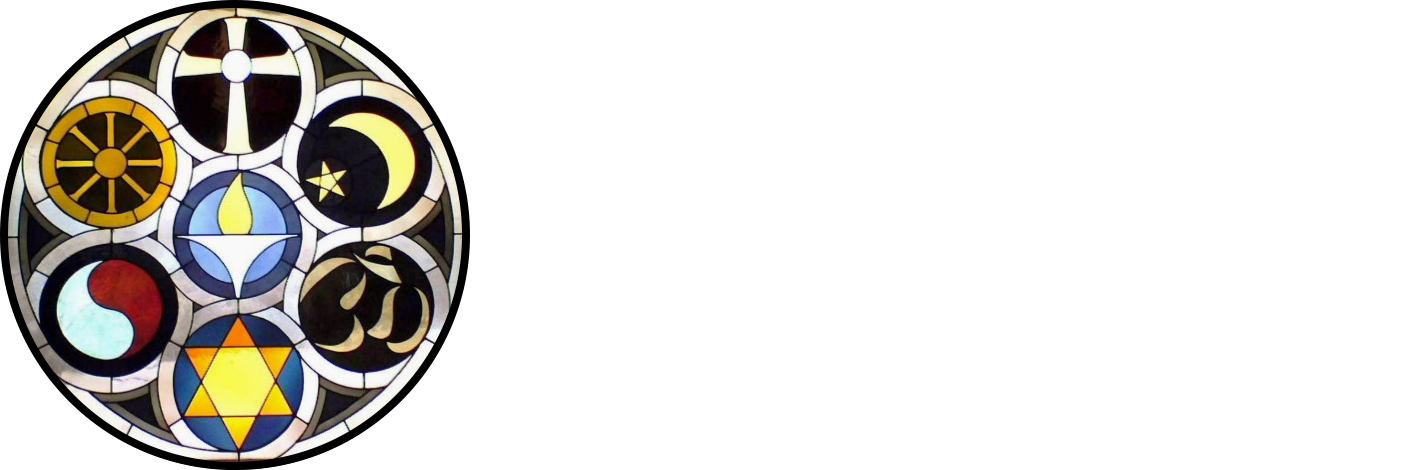On a Saturday not long ago my wife and I decided to have a late breakfast at a local breakfast joint. After working at the office in the morning, catching up on paperwork, we walked up the street to the restaurant. Nearly noon, Saturday was turning into a warm fall day. The sunlight was bright and wispy clouds accented the blue sky.
At the entrance we traded open doors with another couple. The waiting room chairs were full with young Native American men fingering their mobile phones. The couple in front of us were seated and waited patiently at a podium that stood next too a long counter filled with pastries and other baked goods. A moment later we were seated near the front of the restaurant.
Employees bustled around us. Soon a waiter greeted us and asked for our desired drink. I noticed the group of young Native men, they looked to be high school age, had grown to about 8 or so. The host asked the young men if they wanted to be seated. They said “no” that they were waiting on more of their party.
The restaurant was busy. Customers and staff were in constant flux as new customers arrived for seating. Others were up and paying the cashier. The staff briskly walked back and forth from the serving floor to the kitchen and back again.
I happened to notice a short grey-haired man standing at the podium looking around impatiently. He seemed uncomfortable and slightly agitated. He stood 15 feet away next to the podium. He wore a red t-shirt with an athletic team logo on the front. The logo was an Indian man in full headdress and the team mascot was the “Chieftains”.
Almost immediately I wondered if the young Native men noticed the shirt. With so much being discussed in the news about the appropriateness of using mascots depicting peoples in negative ways or the prospect of usurping cultural icons from indigenous people I wondered if the young men felt passively harassed by such a bold display. Clearly the man lacked sensitivity around race and racial bias.
The host stepped quickly past our table and addressed the middle-aged white man. The man deftly pivoted and walked over to the waiting area. Absolutely, the young men would have seen the caricature of the Indian on the chest of the white guy. Surely, they felt the ping of racism as the man stood right in front of them. He began talking to them. The young men slowly rose. I wondered if they might say something to this white man of privilege who clearly pilfered their heritage, their tradition, their culture.
Unexpectedly, the boys, now grouped around the older man, bent their collective ears toward the man and followed him past the podium, past our table and toward a long table that had been setup. I suddenly realized that the white man of privilege was a coach and evidently coached a high school cross country team named the Chieftains. These young Native men were the Chieftains.
I spent a few days thinking about this very normal, very common occurrence, a coach traveling with his team to a sporting contest. The event got me to thinking about myself. I learned a few things about myself. I learned:
I am prejudice. With little evidence I judged a white man wearing a t-shirt disparaging an Indian leader as a racist. I created a narrative for the man (and the young men) out of thin air. Had it been a black man with young black men, or white, or Asian, would I have come to the same wrong conclusion?
I applied a large social narrative, a social structure defined by a national conversation on race, to a situation in this restaurant with hubris. It is as if to say that I know a racist when I see one.
And, yes, racism does exist. It exists in many forms and is embedded in some of our most sacred institutions. It needs to be a national conversation. It needs to be a local conversation as well.
Finally, here some advice to myself:
Do not jump conclusions.
Be mindful.
Do not generalize.
Treat each person as an individual.
Treat each situation individually.
Approach everything with an open heart.
Diversify your life.



